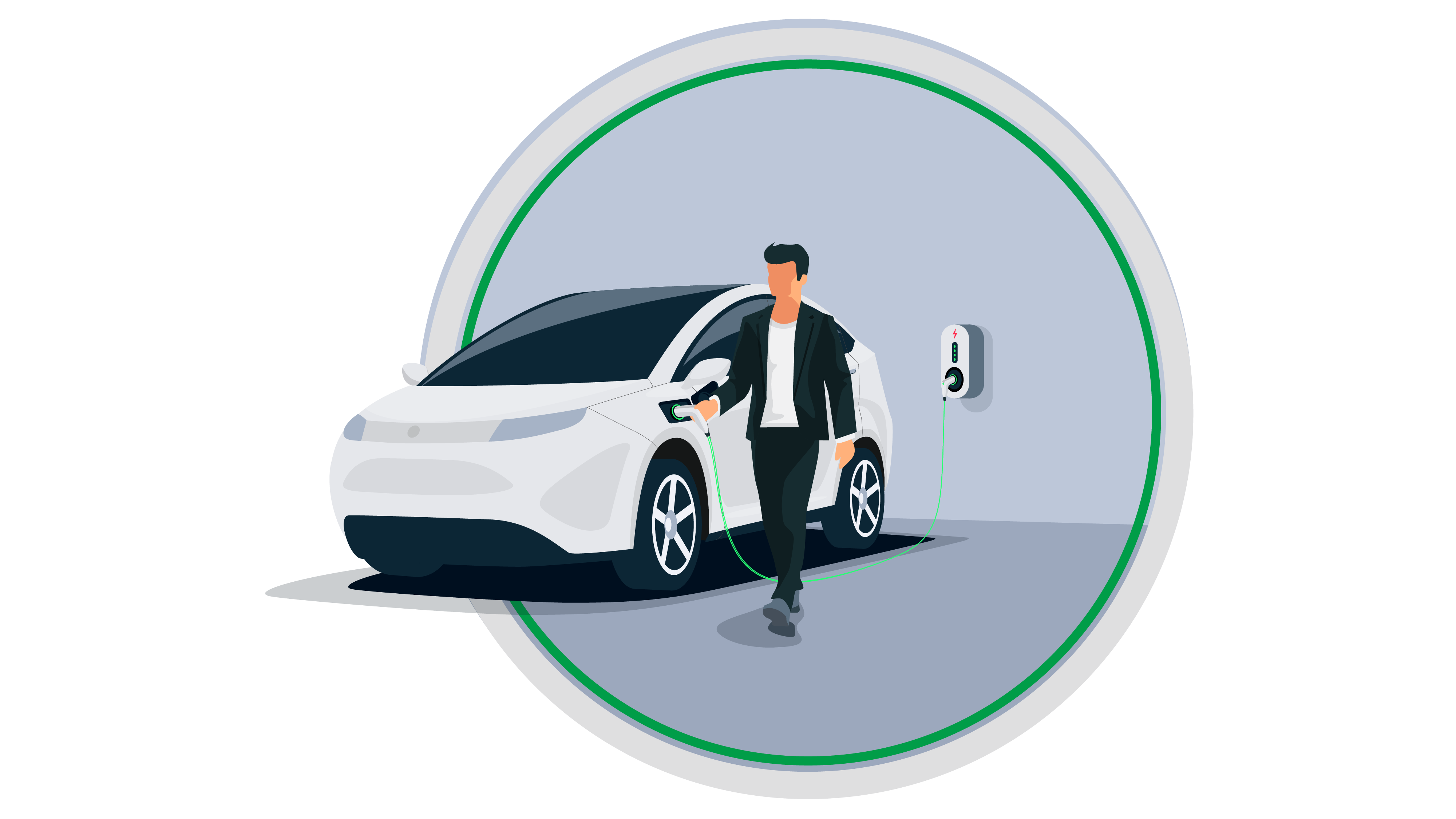Today’s automobile dealers must navigate a business environment unlike any before. Yes, some of the pressure points are cyclical – long-time dealers have, in the past, had to deal with soaring gas prices, rising interest rates and rampant inflation, just like today. But now, new disruptions, like the growth of electric vehicles (EVs) and ongoing COVID-19 resurgences, add new challenges.
The good news? We know from working in partnership with dealers across the globe that their intrepid nature has them already addressing, and adapting to, today’s auto sales landscape. In a world that's seen the COVID-19 pandemic, for example, we’re seeing knock-on effects in the form of a shape-shift in the industry – toward smaller retail footprints and more efficient delivery of vehicles. Beyond that, dealers are preparing for long-term success by looking inward to unlock operational efficiencies – and by looking outward to identify and capitalize on new opportunities.
Let’s look at three of the biggest trends spurring change to the dealership operational model in 2022.
Soaring Ownership Costs for Vehicles
Anyone who has driven or owned a non-electric car over the past year has felt the pinch of higher gas prices, which are only just now beginning to moderate. Adding to the pain at the pump, we saw interest rates begin to rise after historic lows, making loans for buying a new or used vehicle more expensive. And those vehicles cost more, as the chip shortage limits new vehicle production, driving scarcity in both new and used vehicles, and a correlating rise in prices.
In fact, according to the Bureau of Labor Statistics, the Consumer Price Index is up over 35% for used cars and trucks and 12% for new in 2022 versus the previous year. While dealers have enjoyed robust profits recently, the rising cost of vehicle ownership – combined with the threat of a recession – may put additional pressure on vehicle sales in the coming months.
Anticipating that consumers may buy vehicles less frequently as ownership costs rise, dealers need to think about how they can add value to their existing book of business, such as through the service center. We know, through our dealer and service training programs, that effective communication on the value of service contracts and proper vehicle maintenance can help keep revenue more consistent, even if sales slow. Beyond that, offering flexible time slots and easy booking channels can help maintain a steady stream of service bay appointments.
Dealers will win by making their service drive a value add (or first choice) to consumers – offering efficient and optimal customer communications and reaching them when, where and via the method they prefer.
Rising Digital Expectations for Dealerships
The COVID-19 pandemic has driven the rapid global adoption of digital channels across nearly every industry, including automotive. Even before the pandemic, the ongoing digitization of commerce saw consumers “wowed” by how much they could accomplish online and through mobile devices – including searching for a new or used vehicle.
Forward-thinking dealers are tapping into that embrace of mobile communications to offer text and email alerts for service reminders and appointments.
The pandemic also accelerated early work by dealers to shift the car-buying process more fully online, using an omni-channel model that enables much of the process to happen online then making the transition to a dealer visit seamless. Even as the pandemic has eased, dealers should continue the move towards digital across all areas of the dealership including Sales, F&I and Service.
This embrace of, and investment in, dealers’ digital capabilities will pay off far into the future, especially as their inventory and operations shift more towards hybrids and EVs, which are increasingly connected to our mobile devices, electrification infrastructure and our homes.

eBook: F&I’s Role in The Next EV Wave
The latest report from Assurant outlines EV market trends and the opportunities they’re opening for your dealership’s F&I team.
Increasing Adoption of Electric Vehicles
The shift to EVs is not a question of if, but how fast. And many automakers have already announced that their shift will be complete within the next 15 years. However, preparing a dealership for widespread EV sales and service involves much more just learning some talking points; establishing an EV mindset among the entire staff will be key to success in the world of electric vehicles.
EVs will change all aspects of the dealership business model, from the sales floor, to F&I options, to how EVs are serviced. Looking ahead, for instance, as more EVs are sold and leased, more will be coming back into dealerships to be sold as used vehicles. To mitigate the concern buyers may have regarding EV battery longevity, dealers will need to be able to offer service contracts that cover not only expensive lithium-ion traction batteries, but the increasingly complex technology found in today’s EVs.
This overhaul isn’t something that dealers can implement overnight; it will require extensive training across all departments. It is imperative dealers take the time now, to start building – or reinforcing – that mindset through their store and thinking through the entire lifecycle of future customers from an EV perspective.
Looking Ahead for the Auto Industry
The current automotive sales and service landscape is not the first time dealers have operated successfully through market disruption, and there will be new challenges not yet on the horizon. While these trends are three of the biggest affecting dealer operations today, dealers can navigate them by maximizing service revenue, adopting digital systems and communications, and embracing the global move to EVs.
Those dealers who can capitalize on these trends today, through progressive thinking and proactive changes in the dealership, won’t just be winning today – they’ll also be setting up for future success.
My team is looking forward to discussing ways to prepare your dealership and staff for future automotive dealership success. Contact us today.






